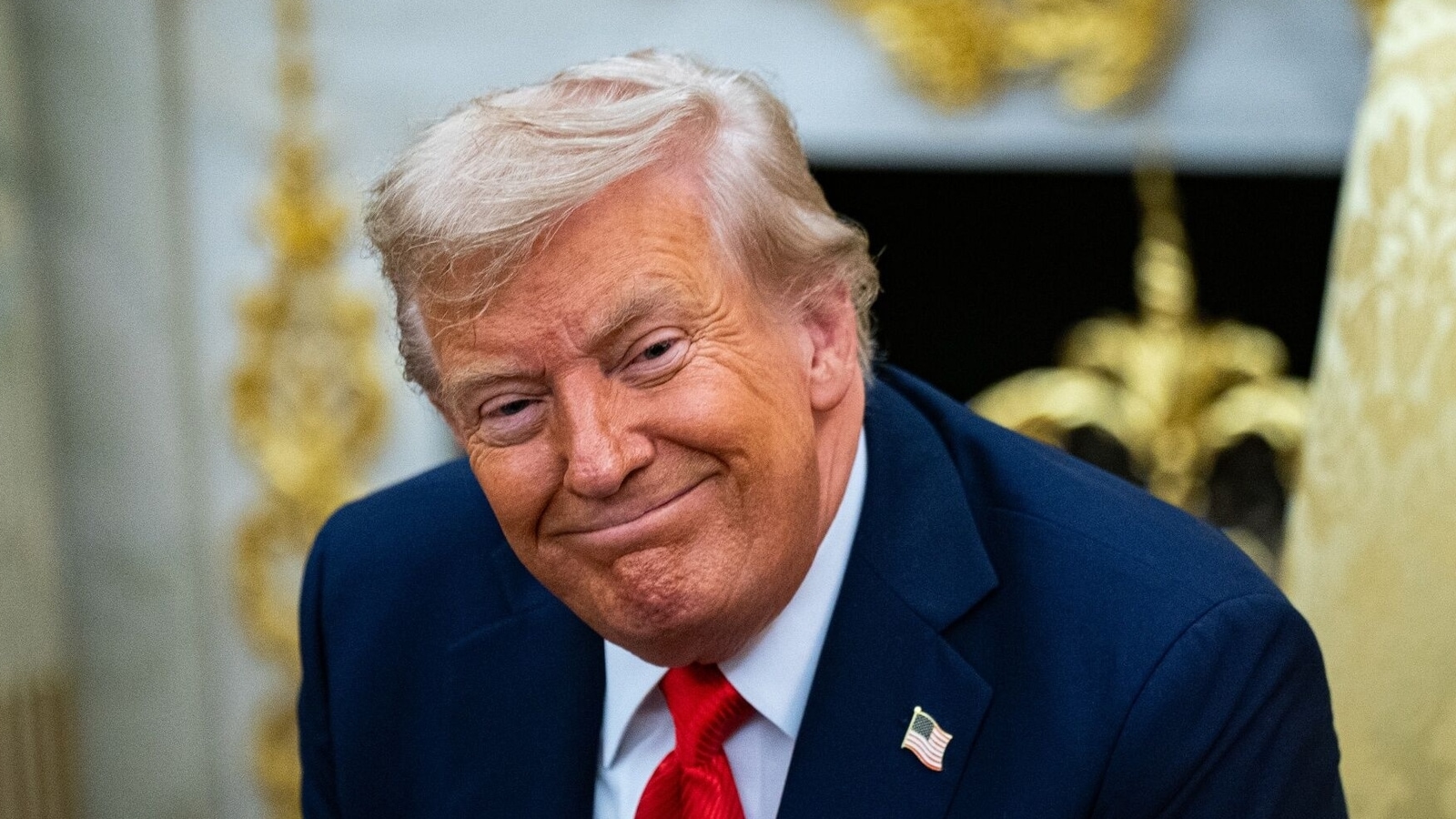A new executive action from the Oval Office has ignited a fierce constitutional firestorm, placing a profound question at the nation’s doorstep: can a president criminalize an act the Supreme Court has explicitly protected? The directive, which mandates a one-year jail sentence for burning the American flag, directly challenges decades of legal precedent and has triggered an immediate and powerful backlash from free speech advocates across the political spectrum.
The order, signed by former President Donald Trump, acknowledges the Supreme Court’s landmark 1989 ruling in Texas v. Johnson but seeks to circumvent it by framing flag desecration as an act that incites imminent violence and riot. It calls on the Attorney General to prioritize enforcement “to the fullest extent possible” and includes provisions for deporting foreign nationals who burn the flag. The move has sent shockwaves through legal communities, reviving a long-dormant national debate over the limits of symbolic speech and the power of the executive branch.
How Does the Trump Flag Burning Order Impact Free Speech?
The immediate impact of the order is a deep legal and societal schism. Legal experts and civil liberties organizations were swift to condemn the action as a blatant violation of the First Amendment. The foundational 1989 Supreme Court decision established that burning the flag as a political protest is a form of symbolic speech protected by the Constitution, stating that the government may not prohibit expression simply because society finds it offensive. By attempting to nullify this ruling through executive fiat, the order plunges the nation into uncharted constitutional territory, setting up a direct confrontation between the presidency and the judiciary that will almost certainly be decided by the Supreme Court once again.
Public reaction has been intensely divided, mirroring the legal confusion. Online platforms saw surges in searches for “First Amendment” and “American flag” as citizens grappled with the implications. Many expressed outrage, viewing the order as an authoritarian overreach that undermines a core American freedom. The sentiment echoed by numerous commentators was that the beauty of free speech is that it protects expression even when it is widely condemned. Conversely, others supported the move, arguing that desecrating the national symbol is uniquely offensive and warrants severe punishment.
The Legal Precedent and the Path Forward
The original Texas v. Johnson case stemmed from a protest during the 1984 Republican National Convention. The Court’s 5-4 decision was clear: burning a flag was protected speech. The new executive order attempts to leverage exceptions to free speech, such as the “incitement” or “fighting words” doctrines, arguing that flag burning provokes violence. However, legal scholars point out that this application is tenuous, as the act itself is the message, not a direct call to riot. The path forward is fraught with legal challenges that will test the resilience of constitutional safeguards against political power.
The nation now watches as this executive order forces a monumental test of America’s foundational principles, pitting patriotic symbolism against the unequivocal right to dissent. This clash between power and liberty will define the contours of free speech for a generation, reminding every citizen that the First Amendment’s protection extends to the most unpopular expressions, especially when they challenge authority itself.
iNews covers the latest and most impactful stories across
entertainment,
business,
sports,
politics, and
technology,
from AI breakthroughs to major global developments. Stay updated with the trends shaping our world. For news tips, editorial feedback, or professional inquiries, please email us at
[email protected].
Get the latest news and Breaking News first by following us on
Google News,
Twitter,
Facebook,
Telegram
, and subscribe to our
YouTube channel.




